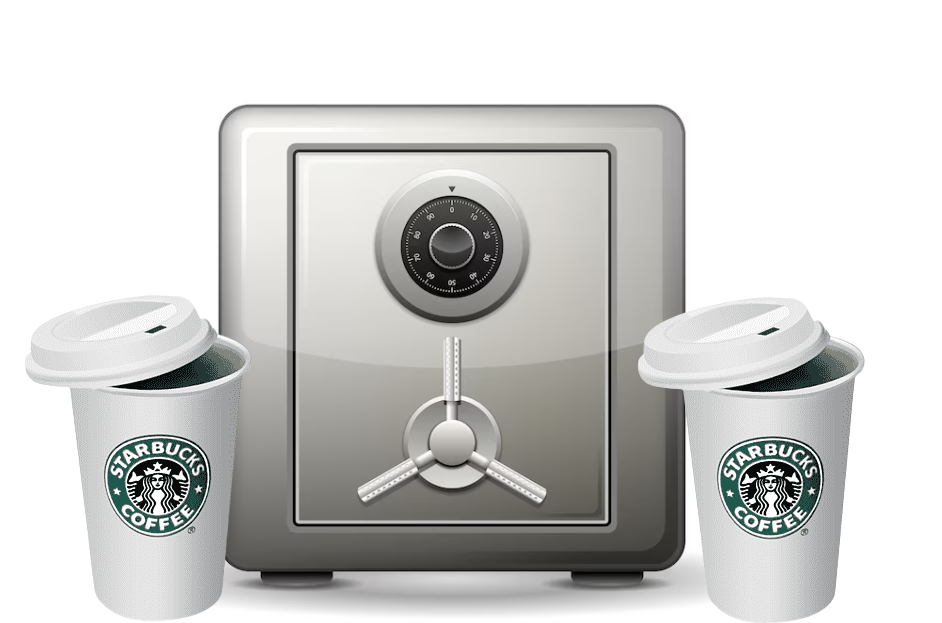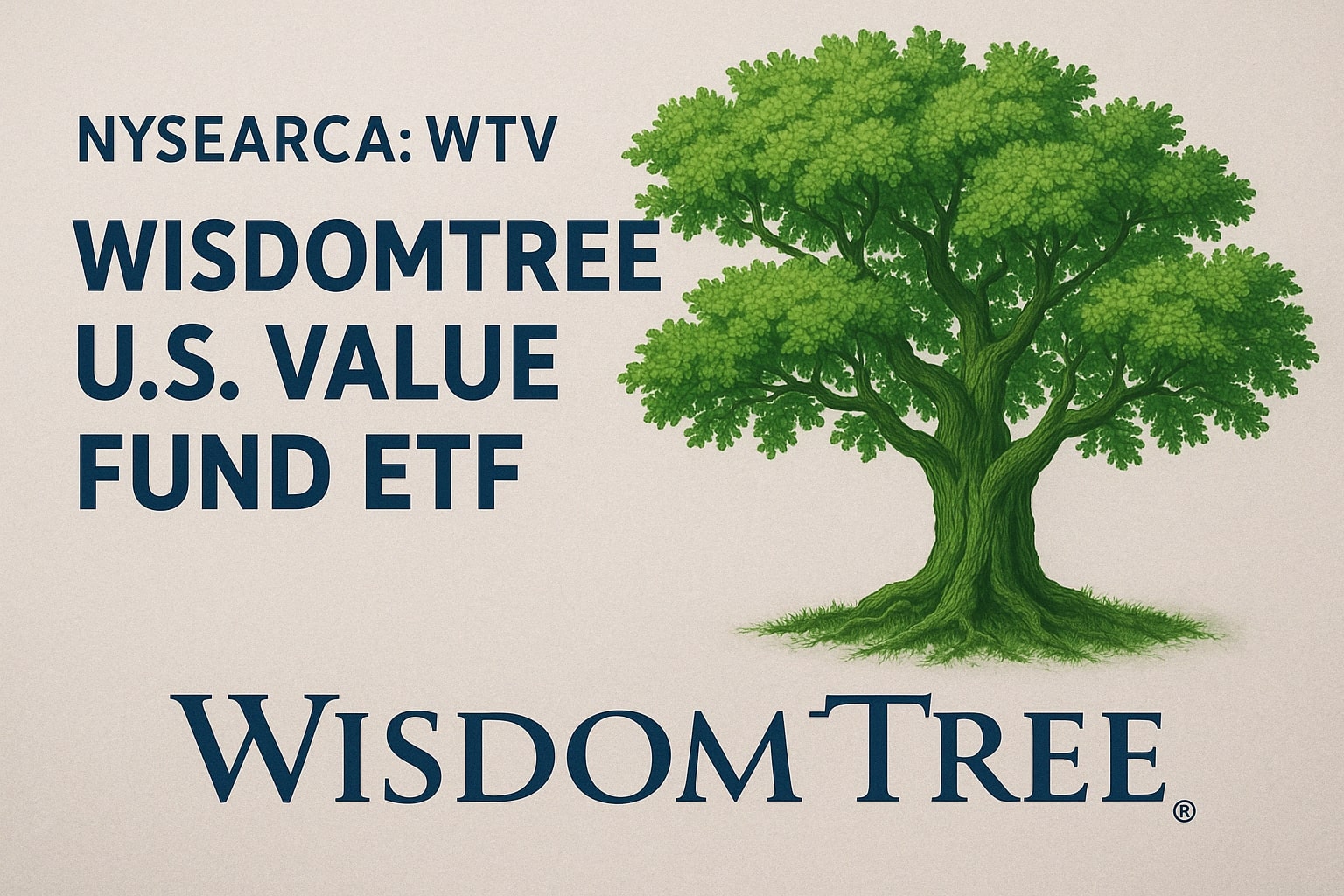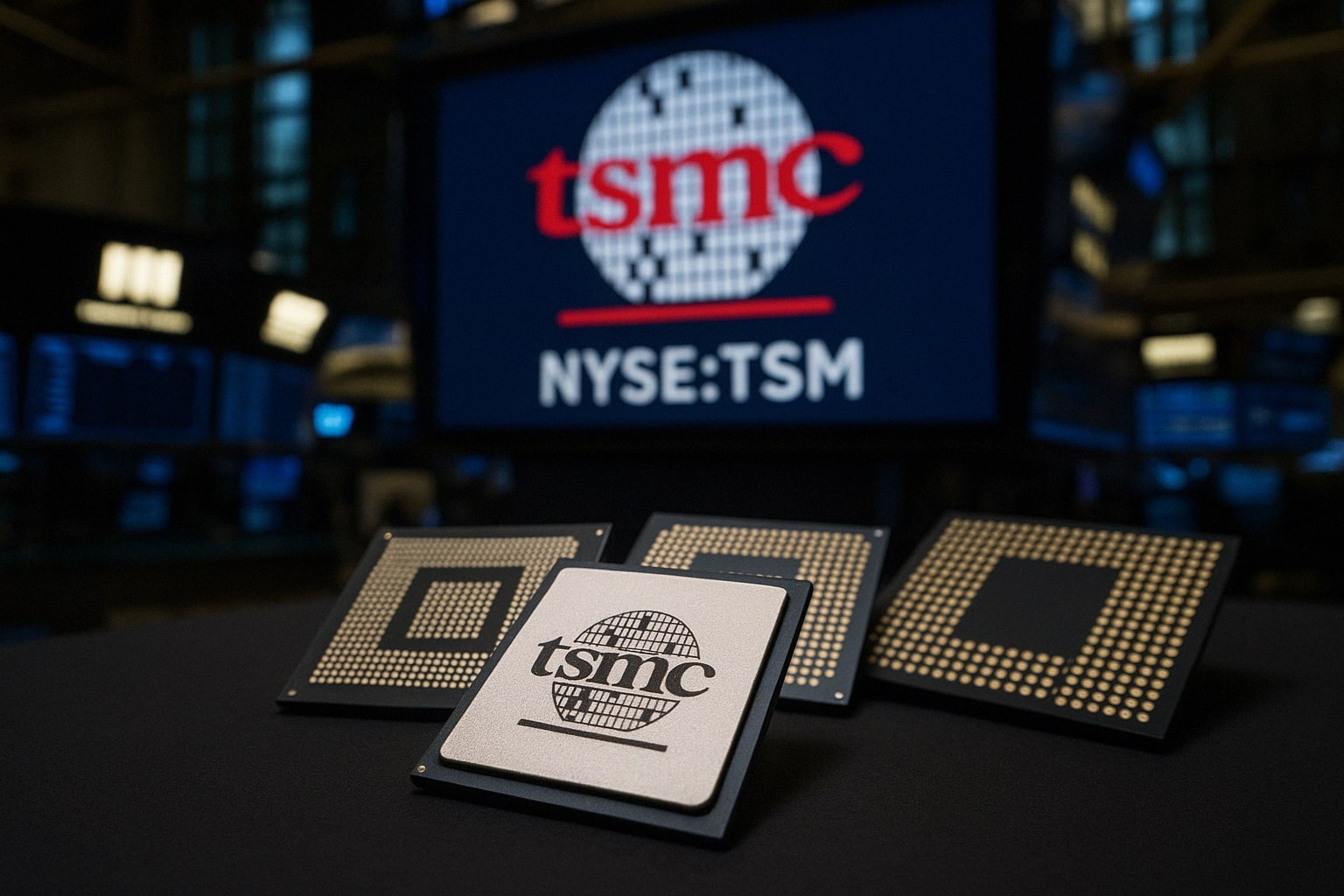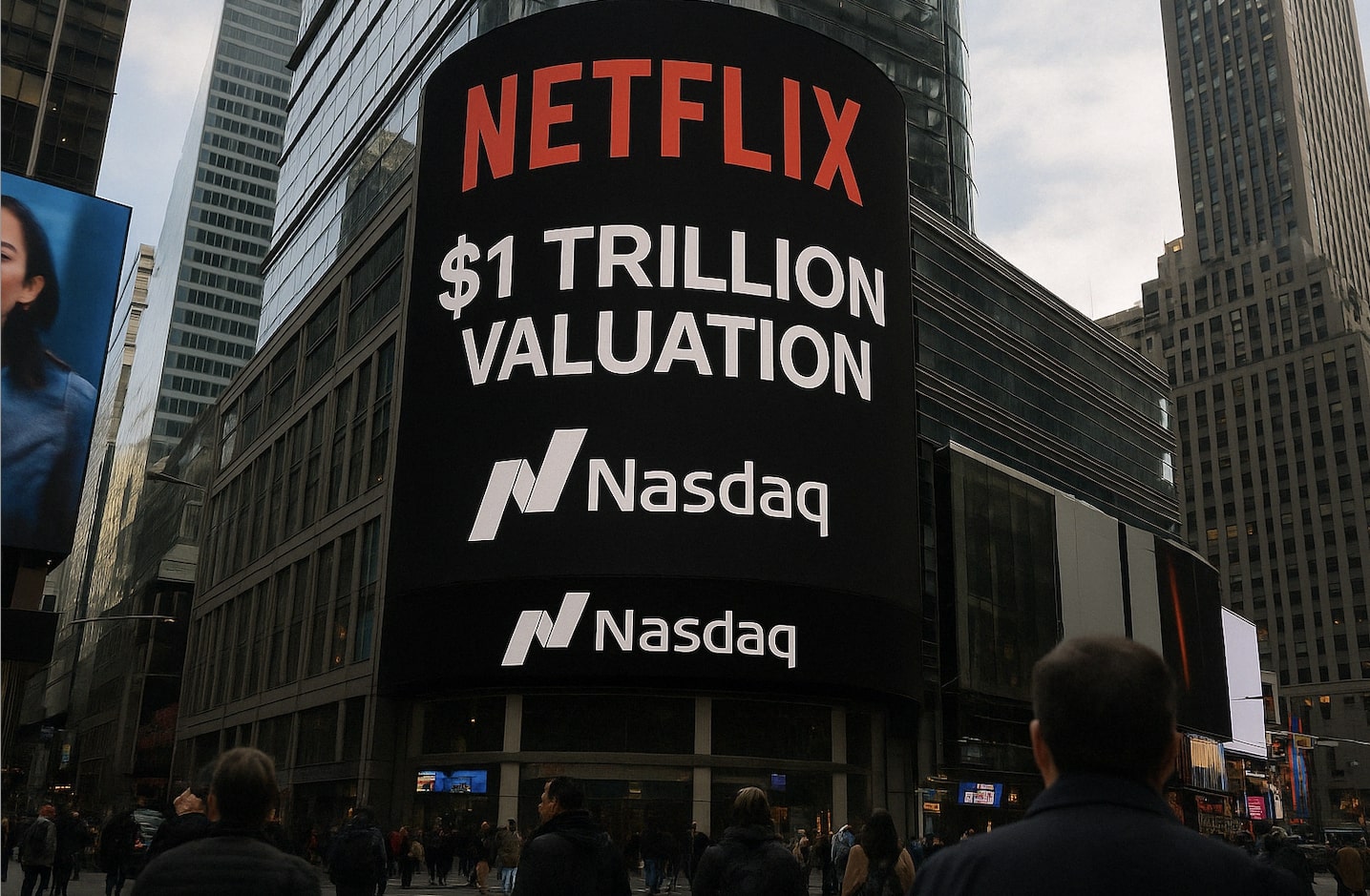
The Power of Starbucks: A Coffee Giant and Unregulated Bank
Leveraging its Loyalty Program, Starbucks Amasses Assets Surpassing Many Traditional Banks, Inspiring Other Businesses to Adopt Similar Strategies
Starbucks, with over 34,000 stores globally, is the largest coffee chain in the world. But beyond its coffee business, Starbucks operates similarly to a bank through its loyalty program, Starbucks Rewards. This program has turned Starbucks into a financial powerhouse, holding more customer deposits than some banks, without the regulations that typically accompany banking institutions.
Understanding Banking Operations
To better grasp how Starbucks functions like a bank, it's important to understand how banks work. Banks are financial institutions that offer customers a secure place to store their funds. They pay interest on these deposits and use the funds to provide loans or invest in various markets, earning a spread or dividends and capital gains. Banks classify customer deposits as liabilities on their balance sheets, while investments are considered assets.
Starbucks Rewards: The Bank-like Loyalty Program
Starbucks Rewards is a loyalty program that allows customers to add money to their accounts using a credit card or Starbucks gift cards. The prepaid funds can then be used for purchases, earning loyalty points or "Stars," which can be redeemed for complimentary items or discounts.
Similarities Between Starbucks and Banks
Like banks, Starbucks collects substantial cash deposits from its customers through its loyalty program. In 2016, the company held $1.2 billion in customer deposits, more than Customers bank and Green Dot, which held $0.78 billion and $0.56 billion, respectively. Starbucks now has around $1.6 billion in stored value card liabilities, representing approximately 6% of the company's total liabilities.
These balances essentially function as interest-free loans to Starbucks. By holding these funds, customers provide the company with free debt, which can be used to expand and improve operations.
A Corporate Turnaround and Expansion
In 2008, Starbucks launched the Starbucks Card Mobile app as part of a corporate turnaround plan. The new app, combined with the updated loyalty program, attracted customers by offering rewards and free Wi-Fi. Around $10 billion is now loaded onto Starbucks Cards annually, accounting for almost half of the company's sales.
This impressive growth has made Starbucks a significant player in the financial space, with more assets than 85% of U.S. banks. Unlike traditional banks, however, Starbucks is not subject to regulations regarding the storage of customer funds. This allows the company to use these funds as it sees fit, including investing in expansion and operations.
Additional Benefits for Starbucks
Besides the interest-free loans provided by its customers, Starbucks also benefits from "breakage," or unspent gift card balances. In 2018, the company made a profit of $155 million from breakage. Furthermore, by having customers pay through the app, Starbucks saves millions annually by avoiding interbank fees.
The company also gains valuable customer data through the Starbucks Rewards program, which can be used to better target its customer base and improve overall service.
A Model for Other Businesses
Starbucks' success in blending its coffee business with an unregulated banking model has inspired other companies to follow suit. Competitors like Cafe Nero and Costa Coffee, as well as businesses in other sectors such as Walmart, have adopted similar strategies. By offering customers incentives to convert their money into store credit, these companies can benefit from the same financial advantages as Starbucks.
In conclusion, Starbucks' innovative approach to customer engagement has turned the coffee giant into a powerful financial player. Its loyalty program operates similarly to a bank, collecting customer deposits and providing interest-free loans for the company. By successfully combining its core business with an unregulated banking model, Starbucks has set an example for other businesses to emulate, proving that creative strategies can lead to significant growth and success.
















